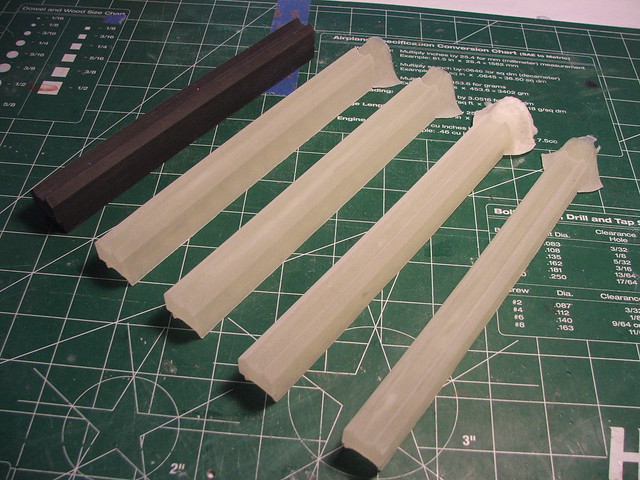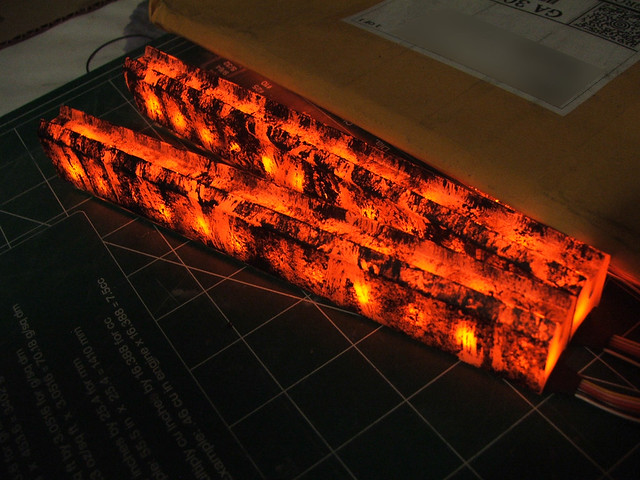| MDI is the least hazardous of the commonly available isocyanates but is not benign.[6] Its very low vapour pressure reduces its hazards during
handling compared to the other major isocyanates (TDI, HDI). However, it, like the other isocyanates, is an allergen and sensitizer. Persons
developing sensitivity to isocyanates may have dangerous systemic reactions to extremely small exposures, including respiratory failure. Handling MDI
requires strict engineering controls and personal protective equipment.[7] Compared to other organic cyanates, MDI has a relatively low human
toxicity. It is a potentially violently reactive material towards water and other nucleophiles. |










 )
)
